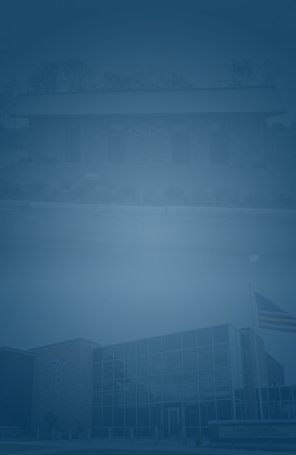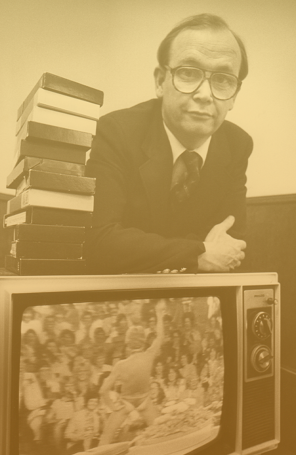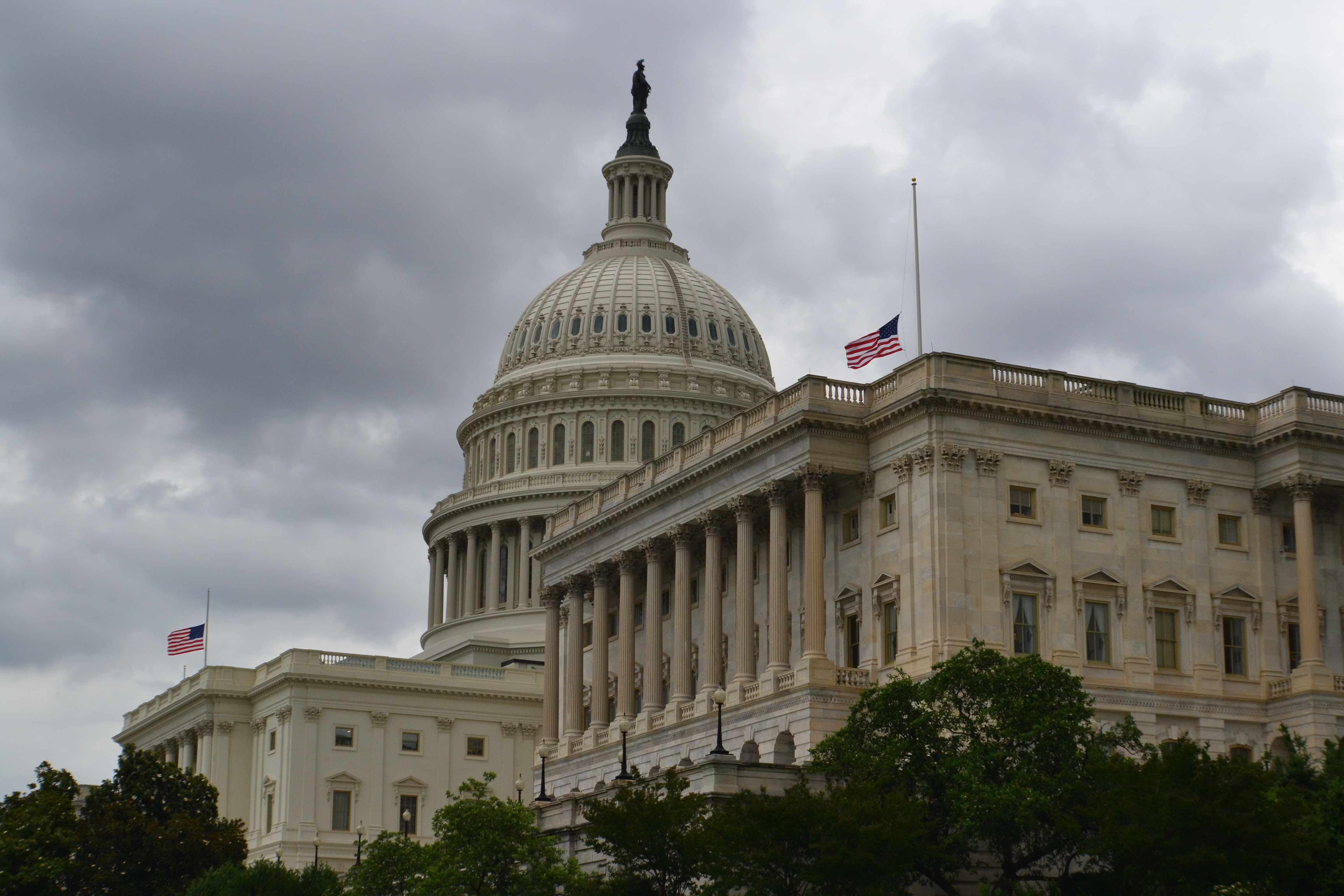The rules the networks refused to follow
 Read To Me
Read To Me
Sign up for a six month free
trial of The Stand Magazine!
The momentum behind the Turn the Television Off campaign invigorated Don Wildmon, founder of AFA. The support, media coverage, spotlighting of the concern – it all testified to a collective need America was feeling. (See The Stand, 6/25.)
To this point, Don’s research had mostly looked at the negative effects of television violence. But in February 1977, his focus honed in on understanding the medium itself and the business infrastructure behind it: What is television broadcasting, and how does it function?
ABC, CBS, and NBC had begun as radio networks. In the 1940s, while television sets made their way into more American homes, the “big three” moved into the television business. As the medium grew in prominence and popularity, so did the networks. Advertising revenues from program sponsorships grew too. By the 1970s, the networks were recognized as American institutions, and television was a cash cow. It was so good that media mogul Ted Turner once declared television to be “the most profitable business in the country.”
But as Don read the Communications Act of 1934 and other key documents regulating broadcasting, he saw some aspects that he had never before heard emphasized in public discourse.
For instance, he was surprised to learn that every American citizen is a partial owner of the TV airwaves – the space in which televisions transmit their signals. Even more, every ABC, CBS, and NBC station affiliate is licensed by the Federal Communications Commission (FCC). This license – which must be periodically renewed – grants the broadcaster the privilege to use these publicly owned airwaves free of charge while also stipulating that the licensee must continue to “serve the public interest.”
“In other words, the entire television industry has a mandated obligation to provide satisfactory programming in the interest of the public it serves,” Don later wrote in his book titled The Man the Networks Love to Hate.
The code
But how does one define the public interest? As nebulous as that term may seem, the National Association of Broadcasters (NAB) defined it in very concrete, ethical terms. It was called The Television Code.
As television was emerging on the national scene, the NAB drafted The Television Code to remind broadcasters of the high responsibility of having direct, intimate access to American homes. This code of ethics outlined acceptable program material, defining what it meant to provide “wholesome entertainment” that would also remind a viewer of “the responsibilities the citizen has toward his society.”
In addition to the content of programming, the code was equally concerned with the tone of material presented.
The code also reminded broadcasters of the responsibility they had toward children.
The code was signed by all three television networks on March 1, 1952, to cooperatively “maintain a level of television programming which gives full consideration to the educational, informational, cultural, economic, moral and entertainment needs of the American public to the end that more and more people will be better served.” The code also acknowledged that viewers should be encouraged to make their criticisms and suggestions known to TV broadcasters.
The shift
It was clear to anyone who watched TV in the mid-1970s that the situation had drastically changed since 1952. The networks, while claiming to follow the “standards and practices” outlined in the code, were more often pushing the envelope wherever they could. Whether it was profanity, violence, sex, liquor use, or marriage and religion, the networks seemed far more hostile toward the original code than in line with it.
The official explanation most frequently given was the desire for realism in programming. For example, when asked about the high amount of drinking depicted on TV, one ABC official answered bluntly: “I think it’s an American lifestyle. I think you’ve got a reflection of the actual American scene.”
Whether or not it reflected the American scene, the shift in content was also a shift in marketing.
By the 1970s, the networks decided to move away from what they disparagingly labeled “rural programming.” In its place came a new “socially conscious” brand of television intended to attract a younger, more urban audience who was becoming captivated by rock ‘n’ roll and the hard-edged movies starting to come out of Hollywood.
According to actor Pat Buttram, who played Mr. Haney on Green Acres, “CBS canceled every show that had a tree in it – including Lassie.”
Instead of The Beverly Hillbillies, My Three Sons, and Mayberry R.F.D., the networks were developing All in the Family, M*A*S*H, and The Mary Tyler Moore Show.
The programing change marked a symbolic cultural shift as well. In less than a decade, television moved away from little Opie Taylor learning to take personal responsibility for using his slingshot to kill a mother bird (The Andy Griffith Show, 1963). Television now depicted Maude Findlay choosing to have an abortion because she and her husband decided they were too old to raise children (Maude, 1972).
This was the new trajectory.
The response
On March 1, 1977, the 25th anniversary of the ratification of The Television Code, Don Wildmon announced the formation of a new citizens’ action group: the National Federation for Decency (NFD). The date was not a coincidence. The standards outlined in the 1952 code had “consistently deteriorated” through the years, according to Don. It was shocking that the networks claimed to abide by them at all.
The focus of the group was simple: The National Federation for Decency would monitor television programs and hold the networks accountable to their agreement to maintain decency and the public interest. When they failed, the NFD was prepared to coordinate a public response.
After some preliminary TV monitoring, NBC was found to be the worst offender. They would also be the first target of the NFD.
The Methodist preacher from Mississippi was stepping out of the safety of his local church and into the highly contested arena of corporate boardrooms.
The stage was set. The terms were clear. The battle was just beginning.

Sign up for a free six-month trial of
The Stand Magazine!
Sign up for free to receive notable blogs delivered to your email weekly.















